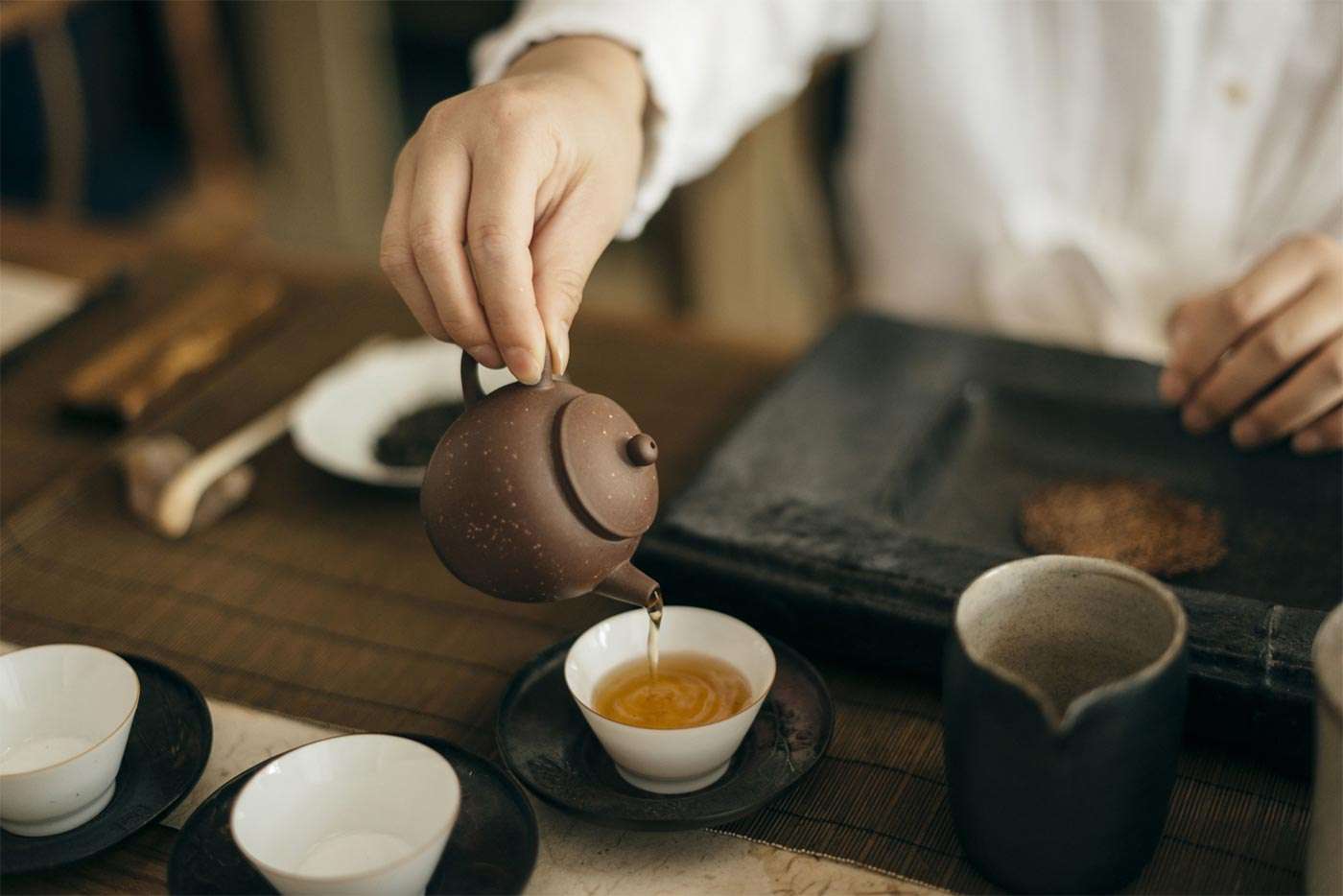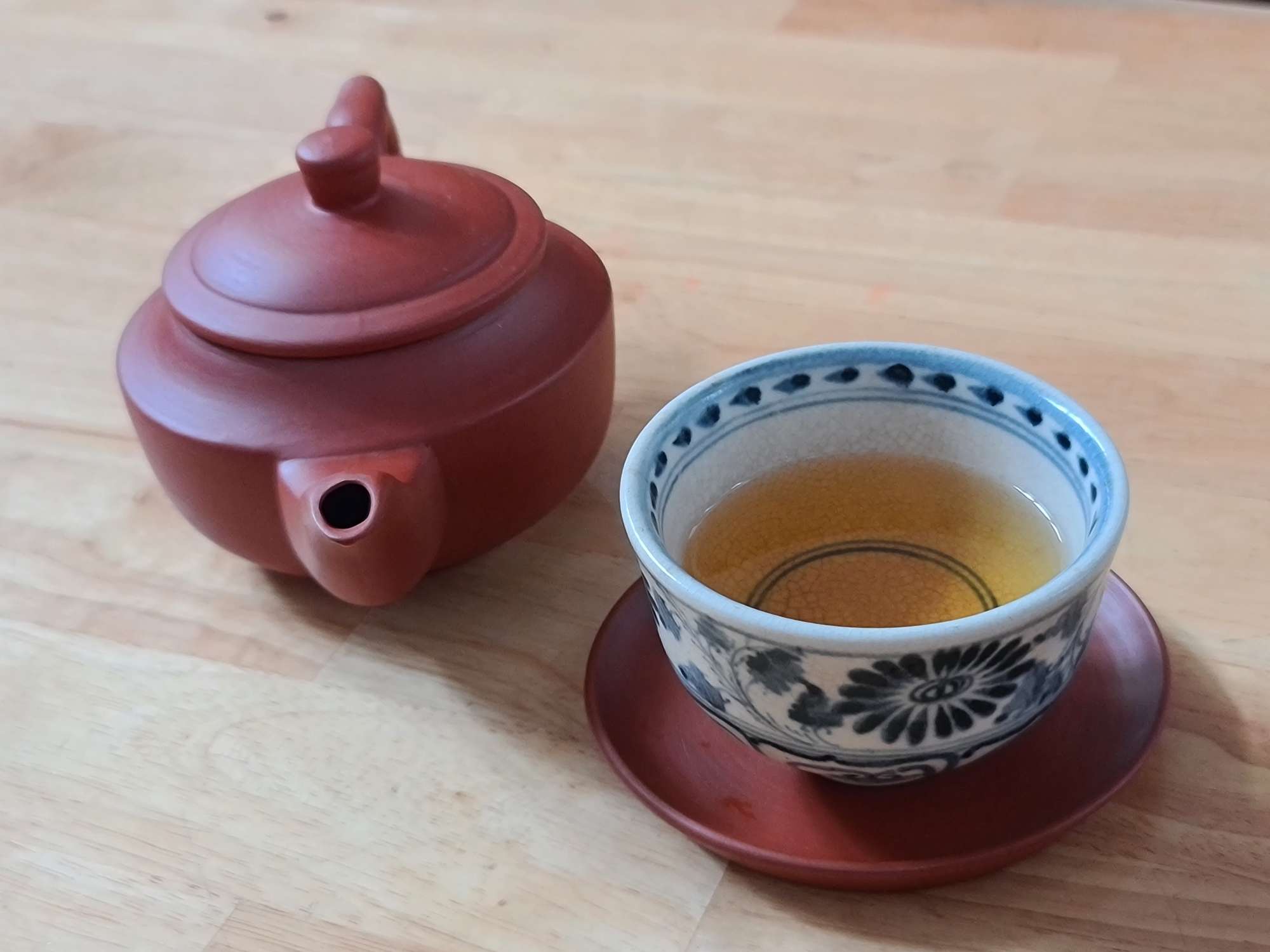A little about Chinese Tea Culture
A little about Chinese Tea Culture
China is the birthplace of tea and its culture. Tea is considered a traditional Chinese cultural heritage, which has accompanied the Chinese for more than 5000 years. The Chinese have long attached importance to drinking some tea during or after a meal. They also use tea as a formal drink to invite guests.
Chinese tea is classified into several different types based on how the leaves are prepared and processed. While the final drink can be very different, what's interesting is all major teas actually come from the same plant species: Camellia Sinensis.
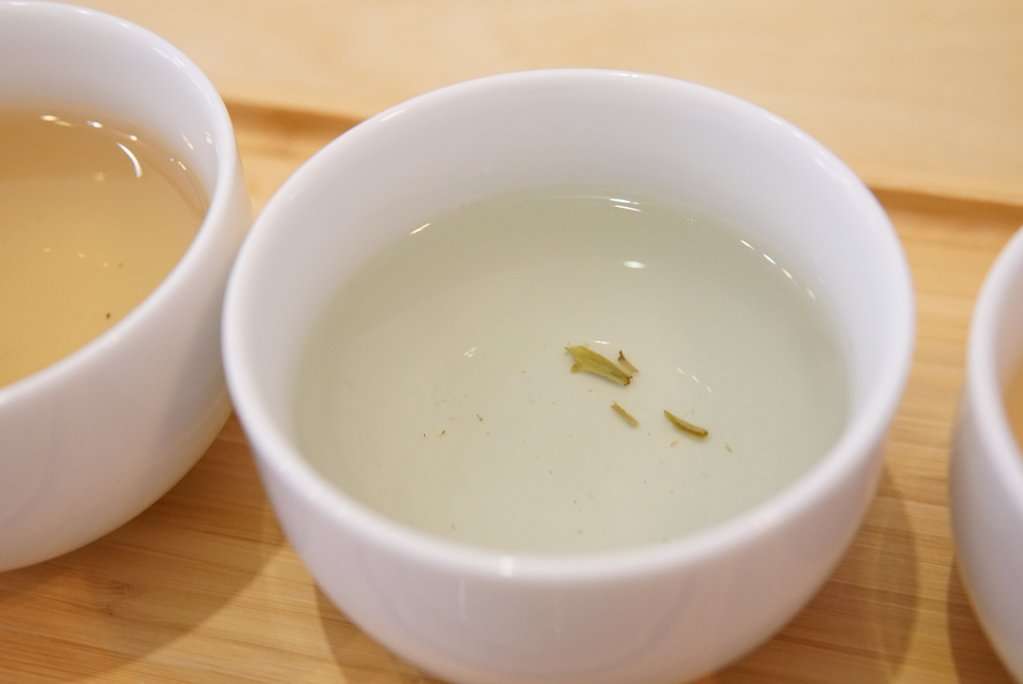

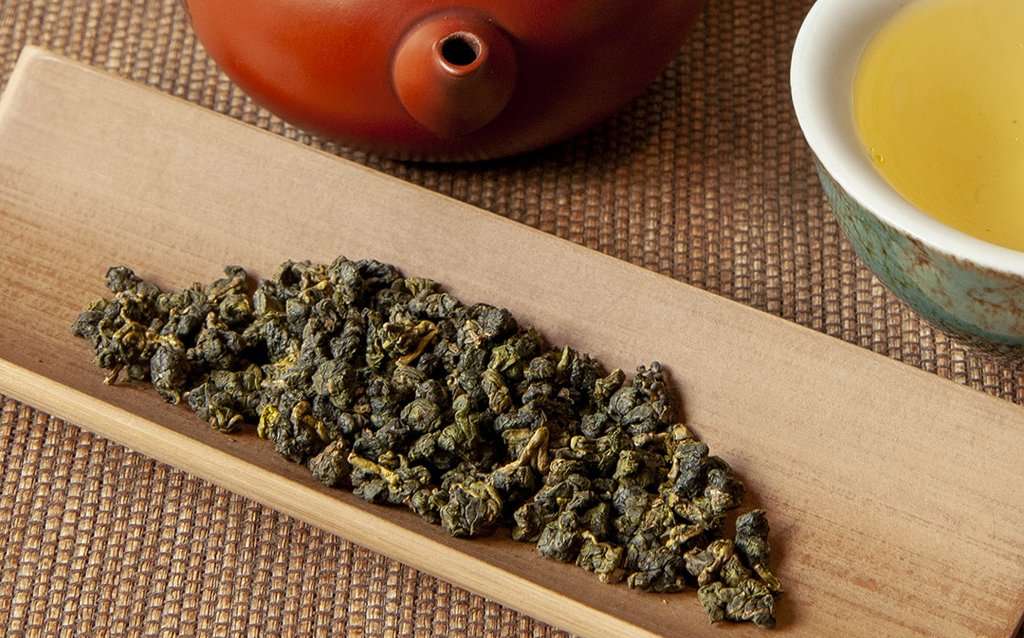
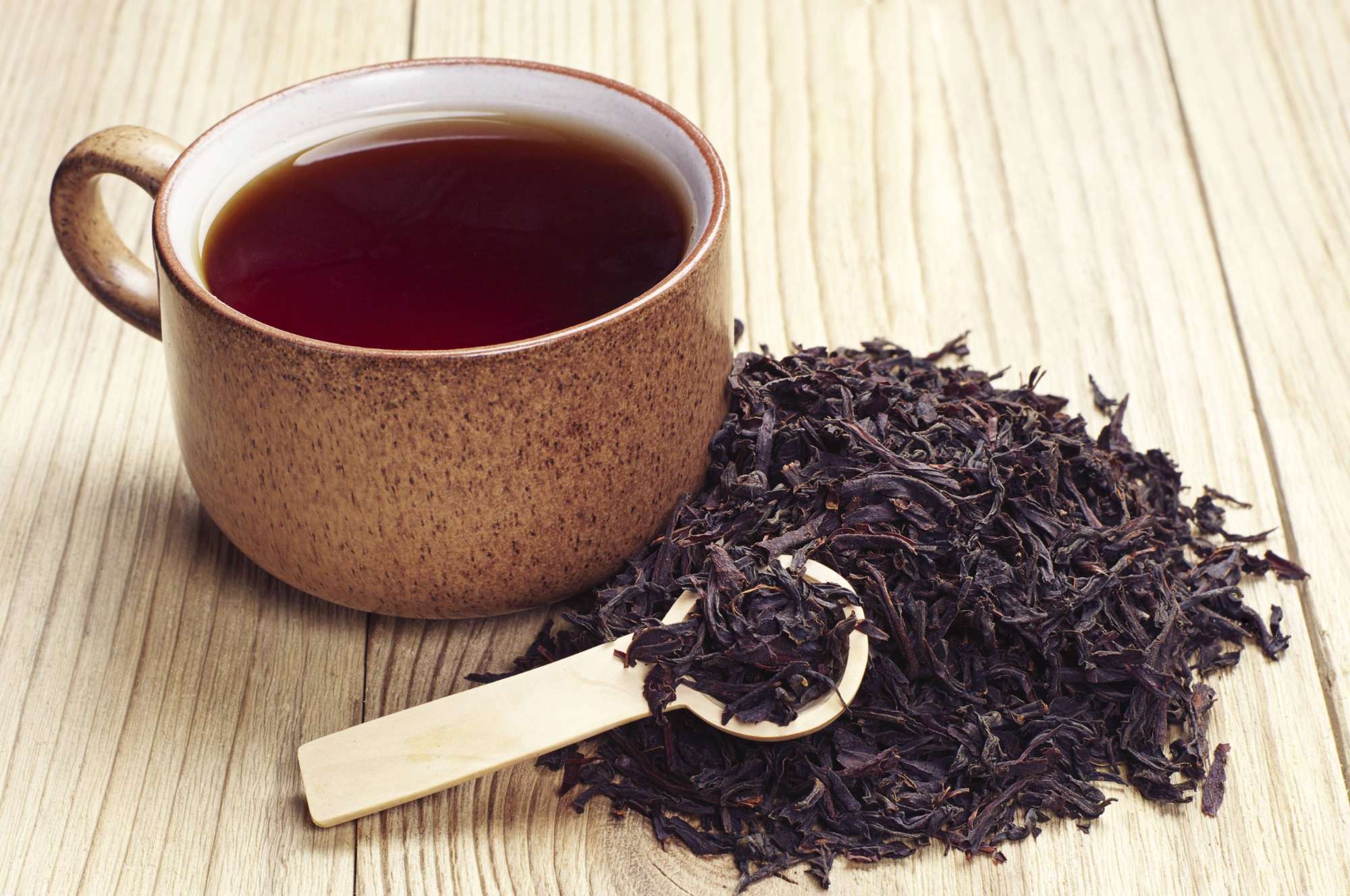
There are four main types of tea: white, green, oolong and black, and a few other less common but very distinct varieties such as yellow and pu-erh. Tea varieties also vary according to the season in which they are harvested. The type of tea chosen is also up to the individual.
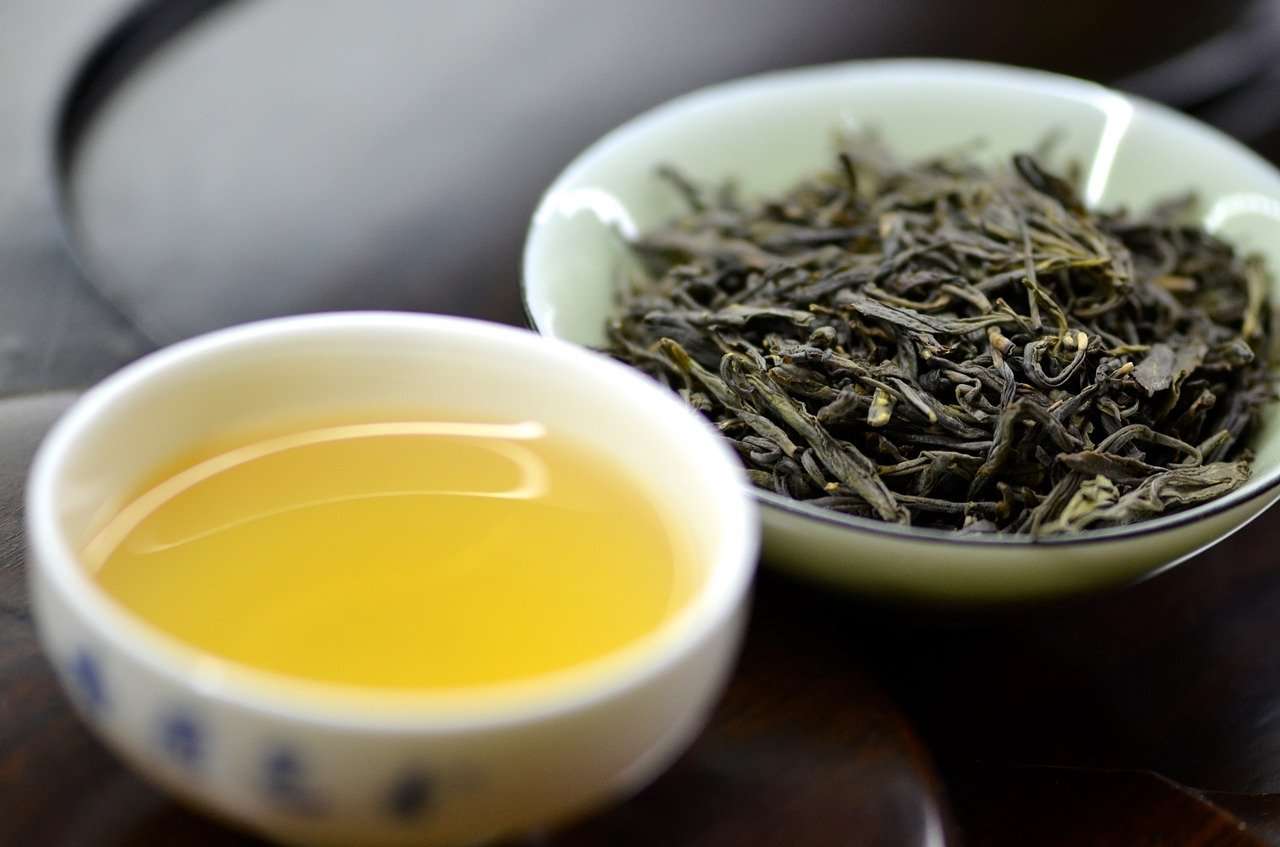
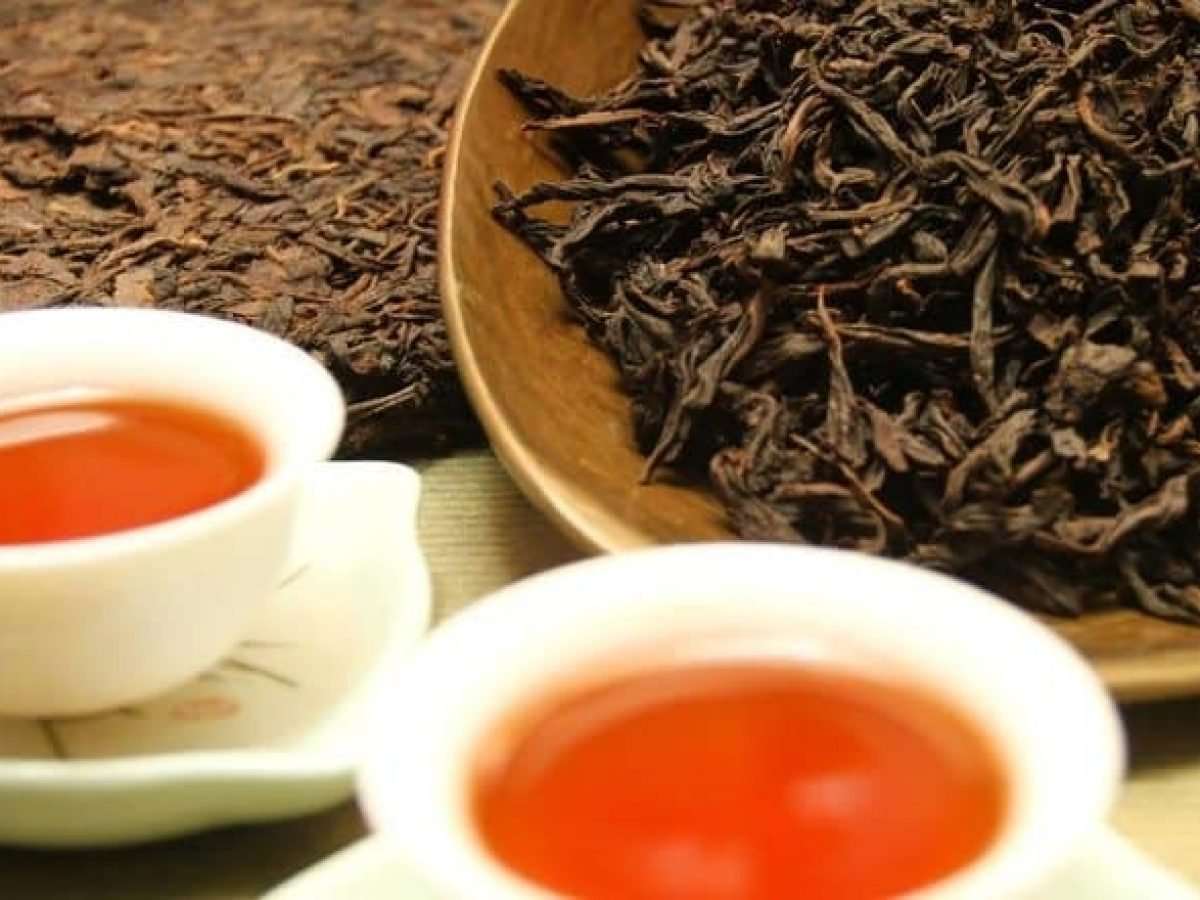
From far away, there are seven things that the Chinese always stock up on for their daily culinary life: firewood for warming, rice, oil, salt, soy sauce, vinegar, and tea. As such, tea represents a traditional Chinese cultural heritage.
In ancient China, tea was used as medicine. They cut wild tea branches, take the leaves at the top of the branches, and make them into boiling water.
In a earliest reliable record of tea drinking dates back to the 3rd century AD. In a medical literature by Hua T'o said that drinking bitter tea continuously makes people think better.
Under the Qin and Han dynasties, they developed a new method: cooking tea leaves to make "small pieces" and then compressing it into a powder, then adding ginger, onions, and oranges to the mix.
Drinking tea became very popular during the Tang Dynasty. Gradually, drinking tea became an enjoyable hobby. Tea parties turned out to be very important in the Royal Palace, in the temples, and among the intelligentsia.
Tea culture reflects traditional Eastern culture, combining tea with Tao wisdom, is an integral part of Chinese culture. The Tao of tea emphasizes the fact that it is harmonious, tranquil, optimistic and authentic. Peace of mind is the first step towards tranquility as a spiritual purpose to combine harmony and serenity.
Saying that tea culture is a kind of intermediate culture that allows to pass on the spirit of traditional Chinese culture to future generations.
In the modern era, China's tea culture has become a symbol of etiquette in all aspects of people's lives, drinking tea is an expression of respect. Warm welcome and hospitality of the host towards guests.
Chinese tea ceremony
The tea party is a solemn and elegant event, following the strict rules of the tradition. The tea must be of very high quality and and the water has to result from much-acknowledged sources. Tea making equipment must be precious and of outstanding quality.
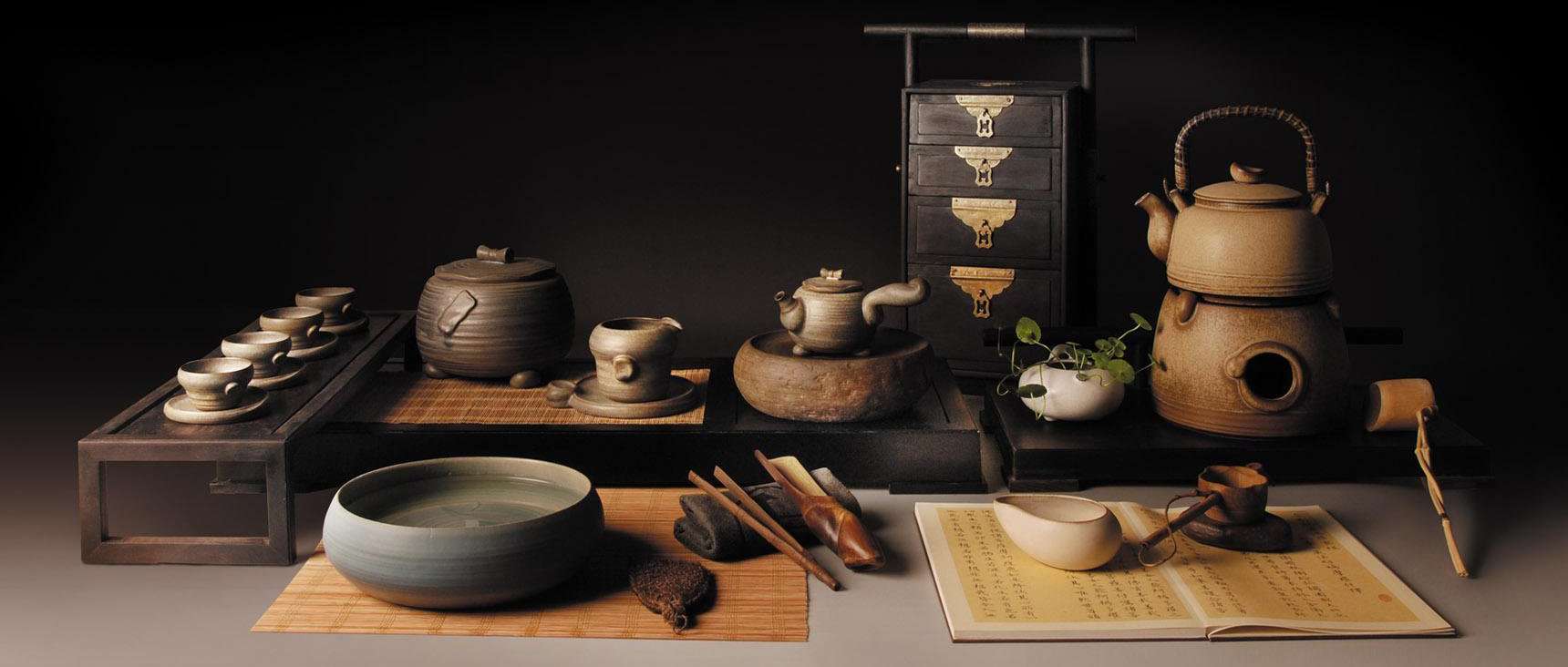
According to the ritual, during a tea party, the person in charge of the ceremony has personally to make the tea or oversee the making of tea to show respect to the guests. After this, the tea must be seen by everyone and will be smelled for appreciation of its color before tasting.
After three turns, dinner guests will rate the quality of the tea, will praise the host's high virtues, take advantage of the scenery and chat or write poems.
Under the Ming Dynasty, the usual process became simpler and was thought of from a more practical point of view.
Under the Ming Dynasty, there was Lu Yu (733–804), who was considered Tea Sage because of his contributions to Chinese tea culture. He is best known for his massive book The Classic of Tea (Chinese: 茶 经) Cha Jing, an early work on growing, brewing, and drinking tea.
Compiled and penned by Crocus Media
